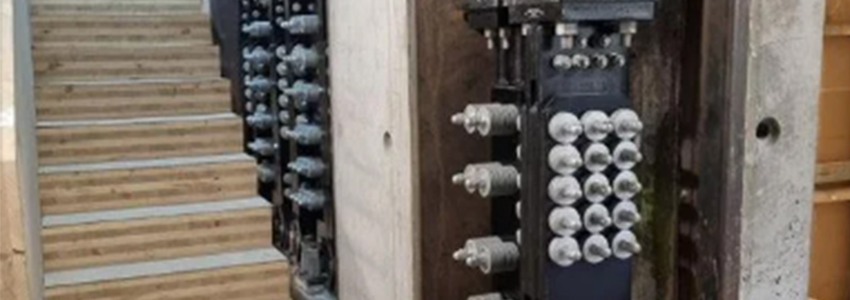Tectonus
Resilient seismic solutions

The Challenge
Throughout the course of history, earthquakes have caused an incredible amount of damage around the world. In the case of Canterbury earthquakes of 2010 and 2011, many damaged buildings were deemed uneconomical to repair and the city remains in a state of rebuilding to this day (2025). In addition to the economic loss, there was a significant environmental impact associated with the demolition and reconstruction of approximately half of the city. The challenge now was to identify solutions to protect buildings from future damage.
The Solution
Looking at the agricultural, dairy, and winery industries if storage tanks were properly protected, the damage caused by seismic events would be minimised significantly thus resulting in an improved ability to continue business as usual.
A fully anchored storage tank could withstand earthquakes and tsunami, but the existing solution of a ductile anchor connection was not sufficient to survive aftershocks and proved to be costly to repair when damaged.
The Resilient Slip Friction Damper (RSFD) created through AUT research mitigated all existing issues, including:
- Fully self-centring
- Remained damage free during the primary seismic event and aftershocks
- Offered high energy dissipation
- Could be used on new and existing earthquake-prone tanks
- No ongoing service maintenance required
- Was cost competitive
Our Contribution
The commercialisation of the RSFD resulted in a licensing agreement with an existing company specialising in seismic solutions – TectonusLimited. This technology was developed through the support of KiwiNet and facilitated by AUT Ventures.
VISIT Tectonus
Meet the Innovator

Dr Pouyan Zarnani is a Senior Lecturer in Structural and Earthquake Engineering at AUT’s School of Future Environments.
